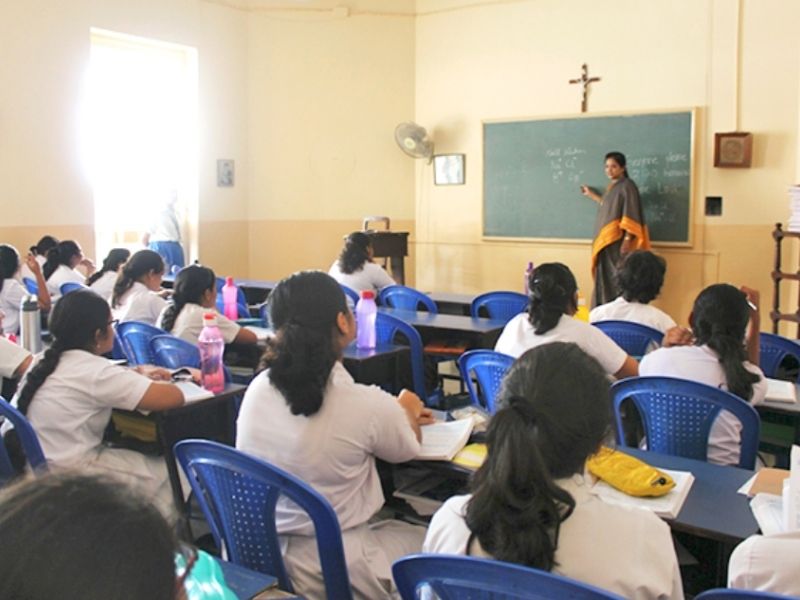Mita Mukherjee
The new state education policy of the West Bengal government made public on Saturday recommended introduction of semester system at the secondary and higher secondary levels as proposed in the Centre’s New Education Policy (NEP), but rejected the NEP recommendation to introduce 5+3 + 3+ 4 structure in schools.
The state education policy suggests continuation of the existing 5 + 4 + 2 + 2 system in Bengal. The 178-page policy clarifies that the 5+3+3+4 pattern suggested in NEP cannot be accepted in Bengal as the schools in the state are equipped to support the existing set-up and a change of the present system would affect the learners.
According to the state policy, the present structure of school education in West Bengal follows a 5+4+2+2 pattern beginning with one year of pre-primary and four years of primary till Class IV. The students move through four years of upper primary (V to VIII) and finally two years each of secondary ( IX and X) and higher secondary ( XI and XII).
“ The same pattern should continue to be followed in the state as the administrative structures are in place to meaningfully support the learners in this set-up. Any significant modification to this pattern will require a major shuffling of resource allocation and would be thus be detrimental to the quality of education being delivered to the readers,” the policy says.
The schooling system suggested in NEP which is also divided into four phases suggests five years of foundation stage including three years of pre-school and two years of primary school. The NEP makes it clear that three years of kindergarten or playschool instruction will be included in as formal education in the new schooling system.
The new state education policy of Bengal states; “ The only change,” from the state’s existing policy, “ suggested in the structure of school education in West Bengal is the inclusion of the first two years of early education at an Anganwadi centre. This would be followed by one year of pre-primary at a government or private pre-primary school. The existing structure of primary, upper primary, secondary and higher secondary would remain as it is.”
This means, according to both policies – the state and the NEP – the schooling systems comprise 15 years of education including 12 years in schools and three years in pre-schools covering students between the age group of three to 18 years.
Though the state policy suggests introduction of semester system at the secondary level from Class VIII which is in tune with the NEP, it has not put Classes IX to XII in a single block like the one recommended in the NEP.
The state policy of Bengal recommends a three-language formula which is to be introduced in schools from Classes V to VIII depending on the availability of infrastructure.
Veteran teachers and academics claimed that the state policy matches the recommendations of NEP in many respects and the state government should ensure that adequate infrastructure facilities are set up for proper implementation of the policies.
“ Like the NEP the state policy recommends 15 years of school with two years of pre-school education in the Anganwadis. Many existing Anganwadis do not have proper facilities. The state government must improve the infrastructure of the Anganwadis so that quality education is offered to every kid because quality pre-primary education is the basis of every child’s journey towards higher education,” Tarunkanti Naskar, a former teacher of Jadavpur University and general secretary of All India Save Education Committee told EducationWorld.
Also read: Bengal: Missionary schools uncertain about government’s NOC submission directive
Posted in News, States























